New Moon 13° Capricorn Solar Eclipse
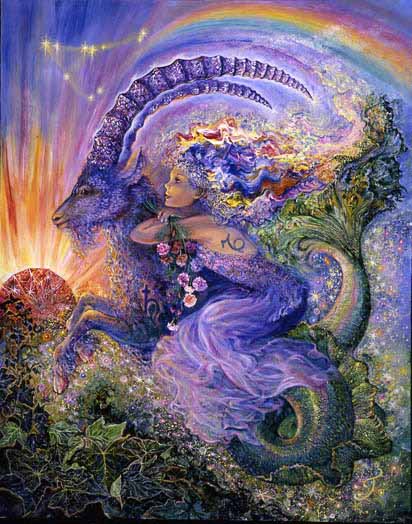
This New Moon/Solar Eclipse in Capricorn urges us to reflect on where we are, where we would like to be, and what it will take to get there. This is the most powerful New Moon for setting goals, initiating projects, and making a serious commitment to achieving your financial and career success. Capricorn demands integrity, discipline and responsibility to accomplish this. So, if you have trouble with over-spending and staying on a budget, this is the New Moon to work hard on changing that pattern of behavior.
Reality is always about Destruction by Flooding followed by Rebirth
Brought to you by Myth, Math, Metaphor, and Magic - Cycle 936
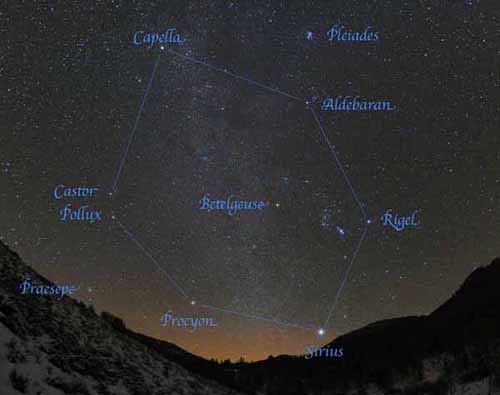
Winter Hexagon NASA - January 3, 2011
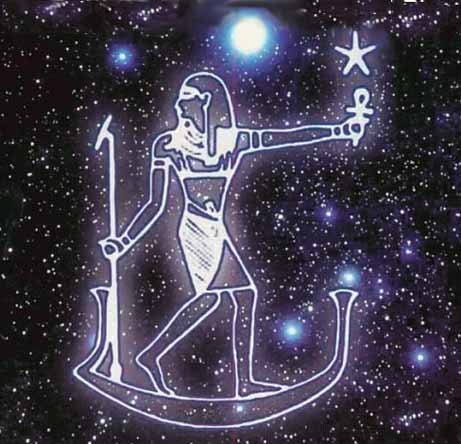
Sopdet
In Egyptian mythology, Sopdet was the deification of Sothis, a star considered by almost all egyptologists to be Sirius. The name Sopdet means She who Is or Isis which means Is-Is or Creation in Egyptian, a reference to the brightness of Sirius, which is the brightest star in the night sky. In art she is depicted as a woman with a five-pointed star upon her head. She is also linked with the annual flooding of the Nile (fertility) on the Egyptian New Year in July.
Sopdet is Isis. Sirius is Isis. Orion is Osiris. It is all [MYTH].
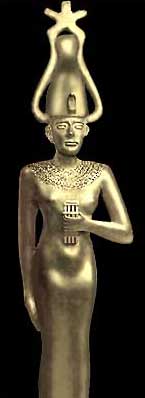
Sopdet (Sepdet, Sothis) personified the 'dog star' Sirius. This star was the most important of the stars to the ancient Egyptians, and the heliacal rising of this star came at the time of inundation and the start of the Egyptian New Year. As a goddess of the inundation, she was a goddess of fertility.
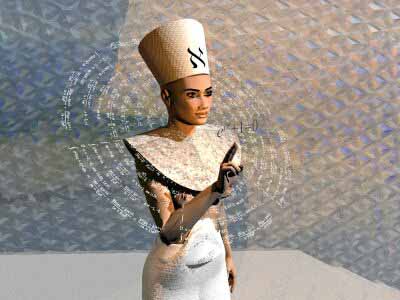
Seshat creates the Geometry [MATH]
She is the feminine aspect of Thoth who creates consciousness holograms.
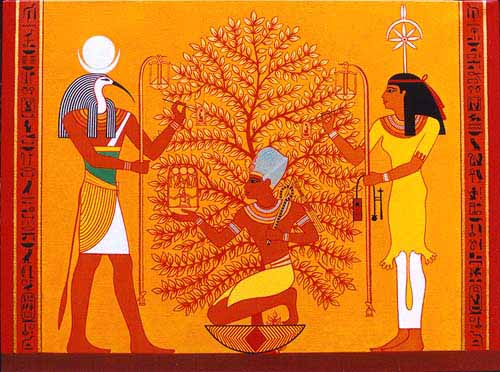
Duality
Sopdet was represented as a woman with a star on top of her headdress, or as a seated cow (Hathor) with a plant (tree of life) between her horns (just as Seshat's hieroglyph might have been a flower or a star) as depicted on an ivory tablet of King Djer. The plant may have been symbolic of the year, and thus linking her to the yearly rising of Sirius and the New Year. She was very occasionally depicted as a large dog, or in Roman times, as the goddess Isis-Sopdet, she was shown riding side-saddle on a large dog.
Sirius was both the most important star of ancient Egyptian astronomy, and one of the Decans (star groups into which the night sky was divided, with each group appearing for ten days annually). The heliacal rising (the first night that Sirius is seen, just before dawn) was noticed every year during July, and the Egyptians used this to mark the start of the New Year - 'The Opening of the Year'. It was celebrated with a festival known as 'The Coming of Sopdet'. The time period between Sothic risings is called the Sothic Cycle and it is one of the tools Egyptologists use to create a chronology of Egyptian history.
As early as the 1st Dynasty, Sopdet was known as 'the bringer of the new year and the Nile flood'. When Sirius appeared in the sky each year, the Nile generally started to flood and bring fertility to the land. The ancient Egyptians connected the two events, and so Sopdet took on the aspects of a goddess of not only the star and of the inundation, but of the fertility that came to the land of Egypt with the flood. The flood and the rising of Sirius also marked the ancient Egyptian New Year, and so she also was thought of as a goddess of the New Year.
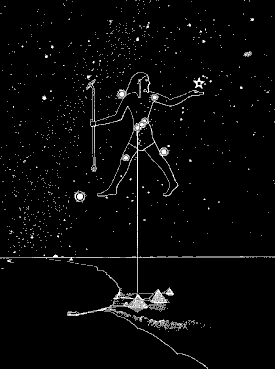
Sirius travels the sky just ahead of the large constellation of Orion. (His belt of three stars serves as an easy pointer towards Sirius, the unmistakable bright star that is one of the few visible even in city lights' glare). Orion was identified with the dying-and-resurrected god Osiris, in Egyptian mythology, who was one of the most well-known gods of the pantheon. His wife and sister Isis was Lady of [MAGIC] (Black Isis), who brought her husband back to life, and the bright star his constellation followed naturally came to be associated with her.
-
Sopdet had another link with water. In the Book of the Dead Sopdet cleansed the pharaoh after death then guided him into the sky to join the gods taking him to the Field of Reeds, a paradise-likeness of the real world. There he would become immortal.
Today many people in metaphysics believe they will leave here and go to - or return to another dimension or reality like the Field of Reeds, where they will live happily ever after in their current human form. The pharaoh did not believe that. He believed he would become a star, not maintain his physical identity. This means a return to light and consciousness. Nothing from here leaves with the soul except knowledge. The rest ... You can't take it with you.